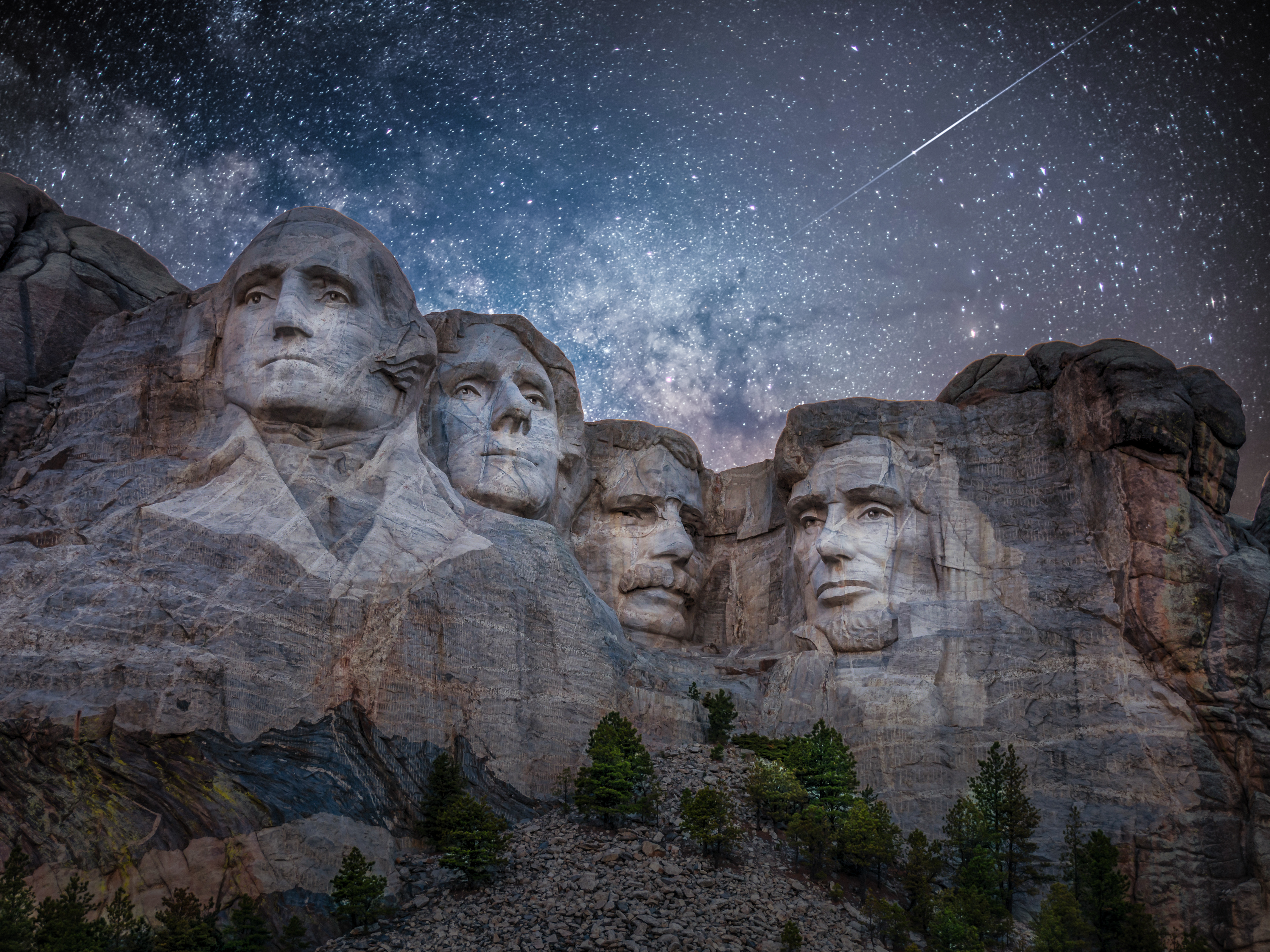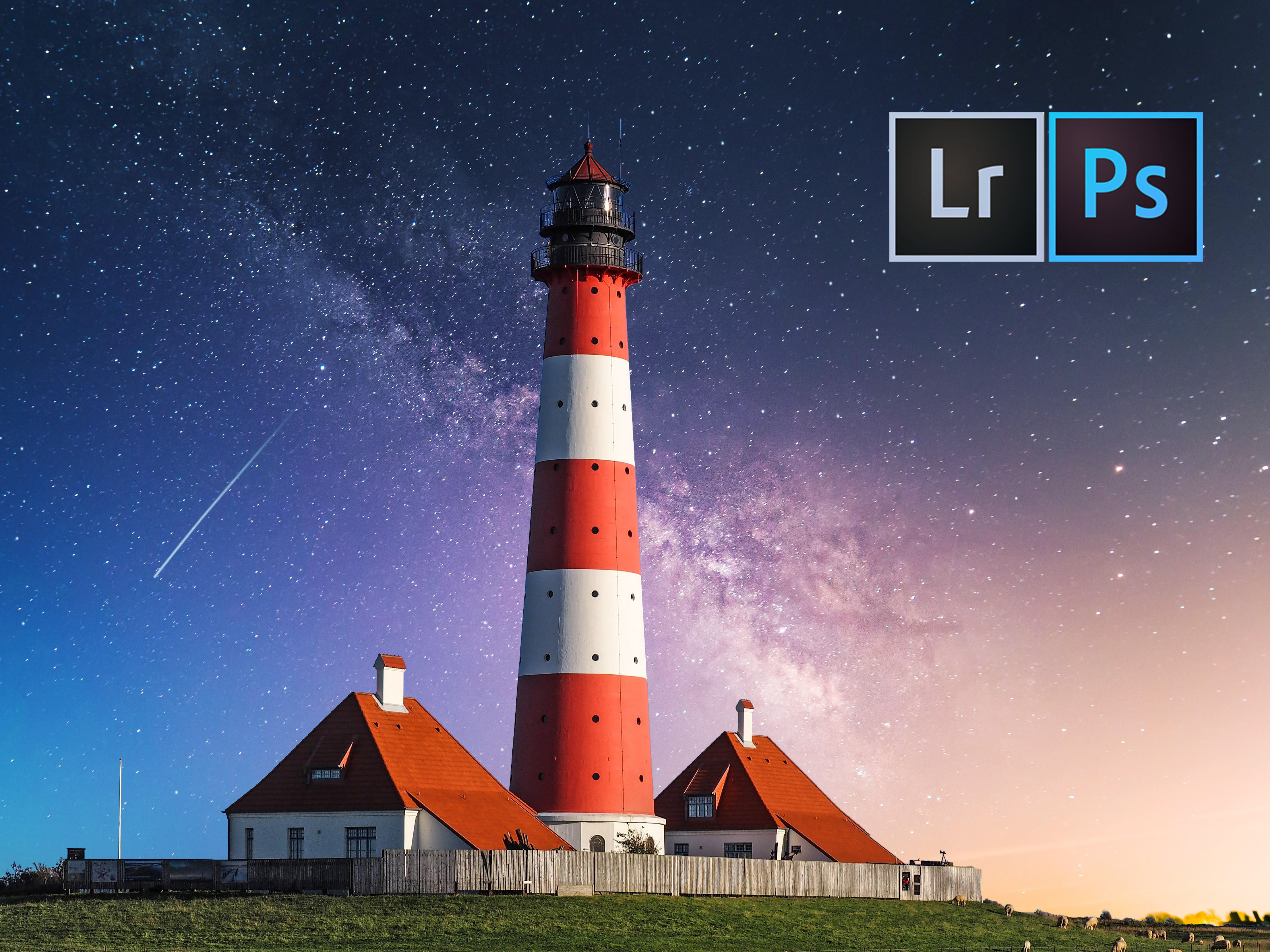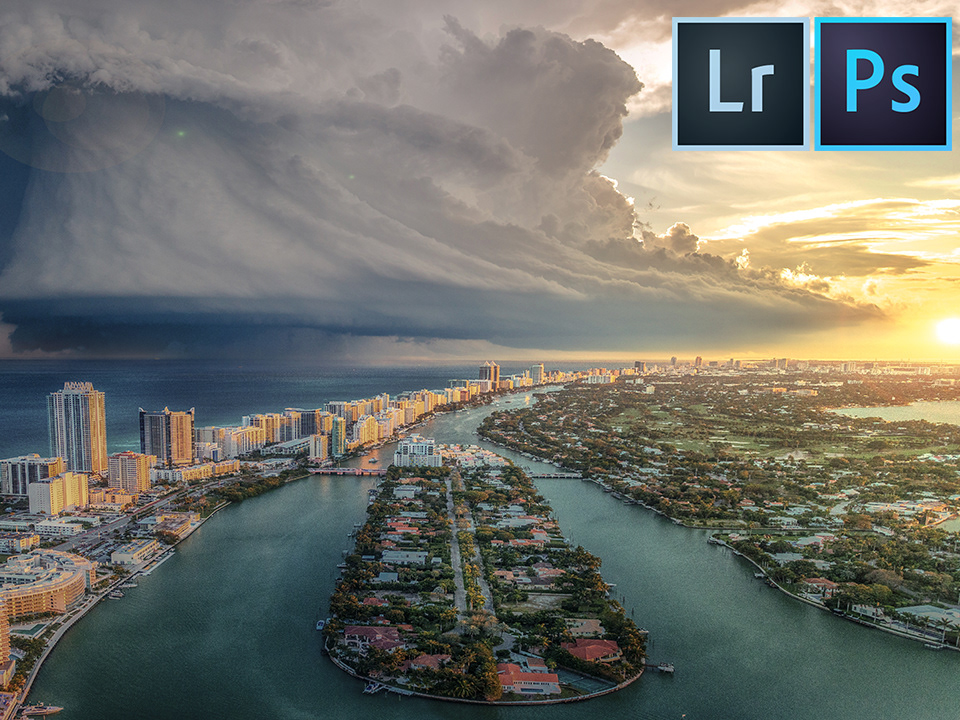These three terms are the terms I find most that prevent people from using their camera in manual mode. Once you master these three, shooting in manual will be easier and you can take your photography to the next level. I highly recommend playing around and adjusting each of these features on your camera and taking note of the results. It is the best way to learn.
What is ISO?
What is ISO?
Think of your ISO as the volume knob on your phone. Turning it up, gives it more volume, but makes it a little distorted. Turing it down, keeps it sounding clean, yet you can't hear it as well. Now swap sound with light. When you turn the ISO up on your camera, you are adjusting your sensor to be more sensitive to light thus adding more light to the photo. In doing so, you loose detail and quality. When you turn the ISO down, you lower the sensitivity to light on your sensor and you let less light in. The lower the ISO, the less noise.; the goal is to keep the ISO as low as possible to keep the noise low. Full frame cameras allow a higher ISO without noise. The ISO is usually the Last thing I adjust. The goal, is to try and keep it at 100.
What is Shutter Speed?
Shutter speed is simply how long your sensor is exposed to light. The longer the shutter speed, the longer your sensor is exposed, causing more light to get in. The faster the shutter speed, the less amount of time your sensor is exposed to light, causing less light.
Now, with slower shutter speeds, you get blur, you don't freeze the frame as fast., this is because scene is exposed longer to the camera's sensor.
With faster shutter speeds, you freeze movement but lose light.
Now, with slower shutter speeds, you get blur, you don't freeze the frame as fast., this is because scene is exposed longer to the camera's sensor.
With faster shutter speeds, you freeze movement but lose light.
A general rule of thumb is if you are shooting with a 50mm, use a minimum shutter speed of 1/50. If you are shooting with a 100mm, use a minimum shutter speed of 1/100. This goes for non image stabilized lens.
Slow shutter speeds are great for shooting moving water, clouds, and things that you want blurred. Make sure you use a tripod if you are shooting a slow speeds because your hand movement will make the photo blur.
When shooting fast moving objects that you want frozen, I typically shoot around 1/1000. When you shoot this fast, you loose light, so to compensate, use a higher ISO, or aperture or a flash.
What is Aperture?
Your aperture on your lens is how large the hole is inside your lens. The larger the hole, the smaller the number, the smaller the hole, the larger the number. f2.8, the lens is wide open. f22, the lens is constricted. Typically lens that can go down as low as f2.8 are expensive. With the exception of the 50mm, which is why this is a popular lens for the price.
The larger the aperture, the lower the aperture number (f2.8), the more light that gets in, and the shallower the depth of field.
The smaller the aperture, the higher the aperture number (f22), less light gets in, and a larger depth of field.
I use wide open apertures (f2.8) when doing portraits. This is because I want the face to be sharp, and everything behind it to gradually taper off. When you have a wide open aperture, your depth of field is extremely shallow.
The smaller the aperture, the higher the aperture number (f22), less light gets in, and a larger depth of field.
I use wide open apertures (f2.8) when doing portraits. This is because I want the face to be sharp, and everything behind it to gradually taper off. When you have a wide open aperture, your depth of field is extremely shallow.
When I shoot landscapes, I like to use a smaller aperture. Having a small aperture, (f22) puts the whole image into focus. The depth of field is massive. The downfall to this is the fact that the hole is smaller, thus letting less light in. To compensate for this, you can boost the ISO or lengthen the shutter speed.
Fining a balance between these three can be very fun. It's what makes us photographers unique. There is no right or wrong way to do things, take the creative liberty into your own hands.







